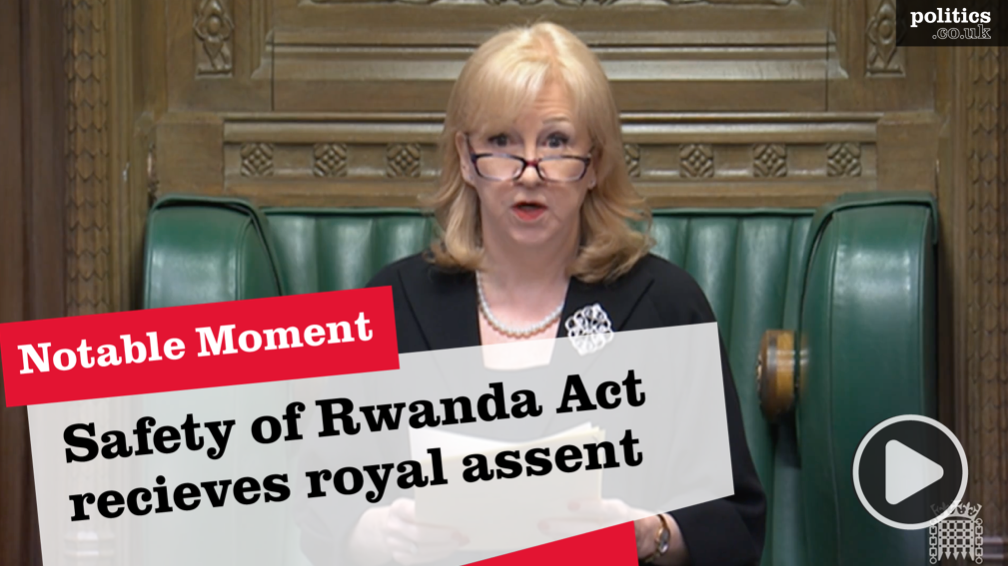Over the last week, UK cases of the Indian variant have more than doubled, from 520 to 1,313. Surge-testing is taking place in Birmingham, Bolton, London and Worcestershire. The vaccine rollout may be redeployed, either geographically or by speeding up the second dose for select groups.
We don’t really know how dangerous the Indian variant is yet. There are three types of it. B.1.617.1 and B.1.617.3 are current “variants under investigation”, while B.1.617.2 is now officially a “variant of concern”. They could be more transmissible, or, in the worst case scenario, they might be capable of escaping vaccine immunity to various degrees.
Preliminary data from professor Ravindra Gupta of the Cambridge Institute of Therapeutic Immunology and Infectious Disease suggests that “neutralising antibodies generated by the vaccinated individuals were about 80% less potent against some of the mutations in B.1.617”. But that sounds more alarming than it might prove to be in reality. That rate of immunity escape would still not necessarily render the vaccine ineffective. It is a sliding scale, so you might get symptoms but probably wouldn’t get really sick. And anyway, these studies may not be generalisable to the real world.
If there is another wave of infection due to this variant, it would likely prove less disastrous than the waves we have seen so far. That’s because so many people have been vaccinated.


But some people will still get sick – the unlucky ones in less-at-risk younger age groups who nevertheless become ill, and the unlucky ones in the vaccinated older age groups who nevertheless become unwell. And long covid, which has destroyed many young people’s lives, but does not figure in these statistics, would shoot up again.
A lot depends on whether the variant is more transmissible than others and if so by how much. If it is 50% more transmissible, say, another wave could potentially be even worse than the ones we’ve seen already. But it’s possible that the variant isn’t more transmissible at all. Some suspect that the rate of increase is so high because it is present in groups where there is a lot of social mixing, due to extended families living together for instance.
The biggest threat will be that a surge of infections allows for a variant of the variant to emerge, which could potentially have a greater capacity for immunity escape. That’s the most horrifying scenario and the one that becomes more likely by allowing another wave.
The honest answer is that we just don’t know how dangerous the variant is. The key to what is happening is not really about the qualities of the variant. It is about what we do to safeguard the progress we have made when potential dangers emerge on the horizon. And on that second criteria, the government has been entirely negligent.
The reaction to the Indian variant has followed the same pattern of failure it has demonstrated throughout this crisis: Doing the necessary thing between two and four weeks too late, and thereby creating a situation where more people die, and the restrictions that must be imposed on society become more draconian and long-lasting than they would otherwise have been.
This is what happened in the first lockdown, and then the second, and then the third. And it happened again here.
India announced it was concerned about the variant on March 24th. For nearly a month, the government did nothing. It put Pakistan and Bangladesh on the red list of countries where travel is banned on April 9th and yet inexplicably refused to do the same for India. It wasn’t until April 19th that Downing Street cancelled a planned trip for Boris Johnson to go to India and announced that the country would be put on the red list. But it allowed a further week of travel, until 4am on April 23rd, for the rule to come into place, thereby encouraging many people to quickly try and make the flight before the deadline hit.
Even then, an exemption was made for people representing a foreign country. On May 5th, the entirety of the Indian delegation in London was forced to self-isolate after several of them tested positive for coronavirus.
Surge testing was supposed to have been imposed for the variant when health secretary Matt Hancock informed MPs of the decision to put India on the red list last month. “I can confirm that we will be doing that,” he told the Commons. In fact, Public Health England hung back on surge testing until the variants were designated ‘of concern’ and instead conducted targeted testing.
We don’t know what the result of these failures will be yet. We may well get lucky. But that is the game we have decided to play: one of luck. The government has once again proved incapable of taking aggressive pre-emptive action to safeguard our progress against the virus. Instead, we have to go through the same frustrating pantomime we’ve seen countless times before, with experts raising the alarm for weeks before No.10 can drag itself into the kinds of actions which were demonstrably necessary weeks beforehand.
It would be troubling at any time. But it is particularly troubling now that the government has decided to encourage people to go on holiday, where they will mix with people from all over the world in resorts and then return to the UK. What guarantees do we have that Johnson will act faster the next time one of these alarms is sounded than he has this time? Absolutely none at all.
Lockdowns are a disaster. They eradicate our freedom, they traumatise our economy, and they destroy our mental health. We must never, ever have to go through a months-long lockdown again. But the key to securing that is vigilance: a pre-emptive safeguarding strategy. And yet they seem utterly unable to deploy it.
It’s the same mistake, over and over again. And each time they make it, they put our lives and our liberties at risk.
Ian Dunt is editor-at-large for Politics.co.uk. His new book, How To Be A Liberal, is out now.












